
Nas’s Investment In A Payday Loan App Is Being Examined
Earnin is a payday loan app supported by hip-hop legend Nas. Nas has been chastised…

Earnin is a payday loan app supported by hip-hop legend Nas. Nas has been chastised…
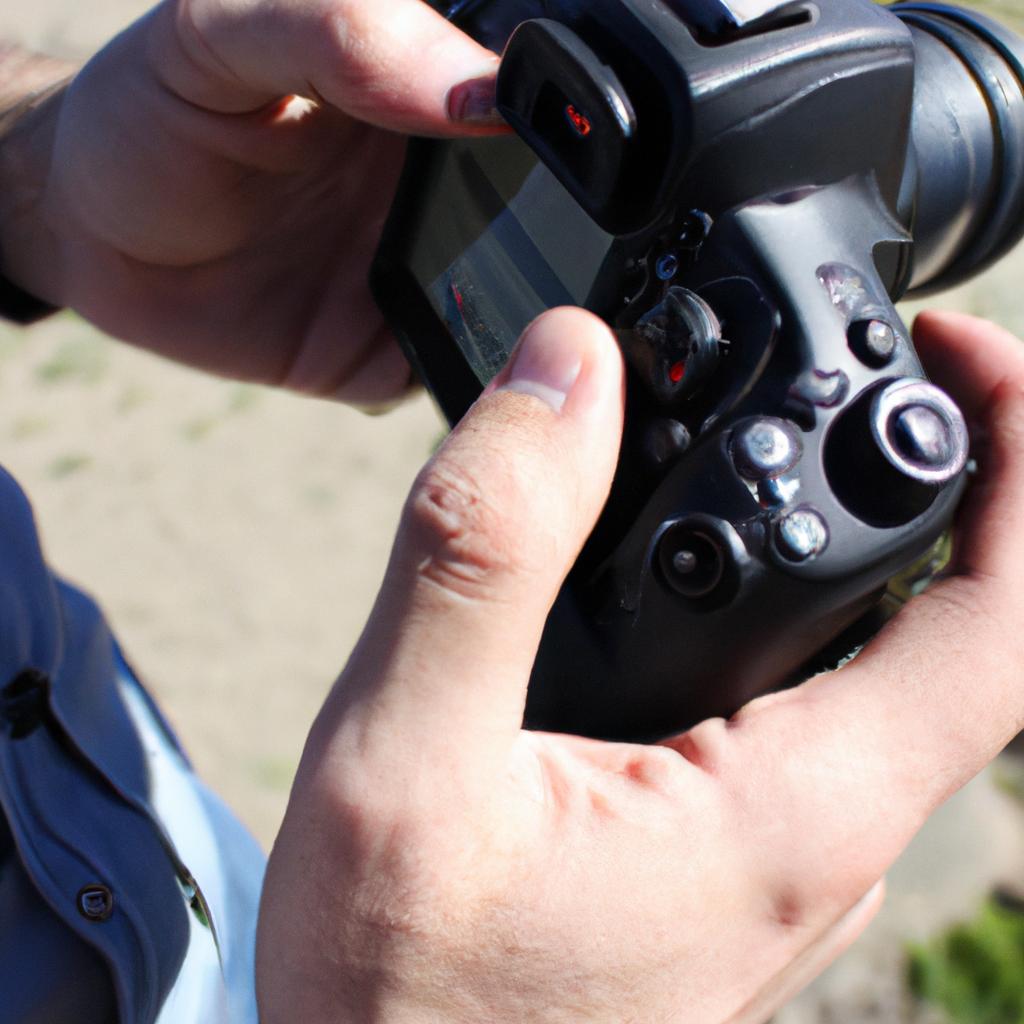
Exposure compensation is a fundamental concept in photography that plays a crucial role in achieving…

Photography is an art form that relies heavily on the mastery of exposure to capture…
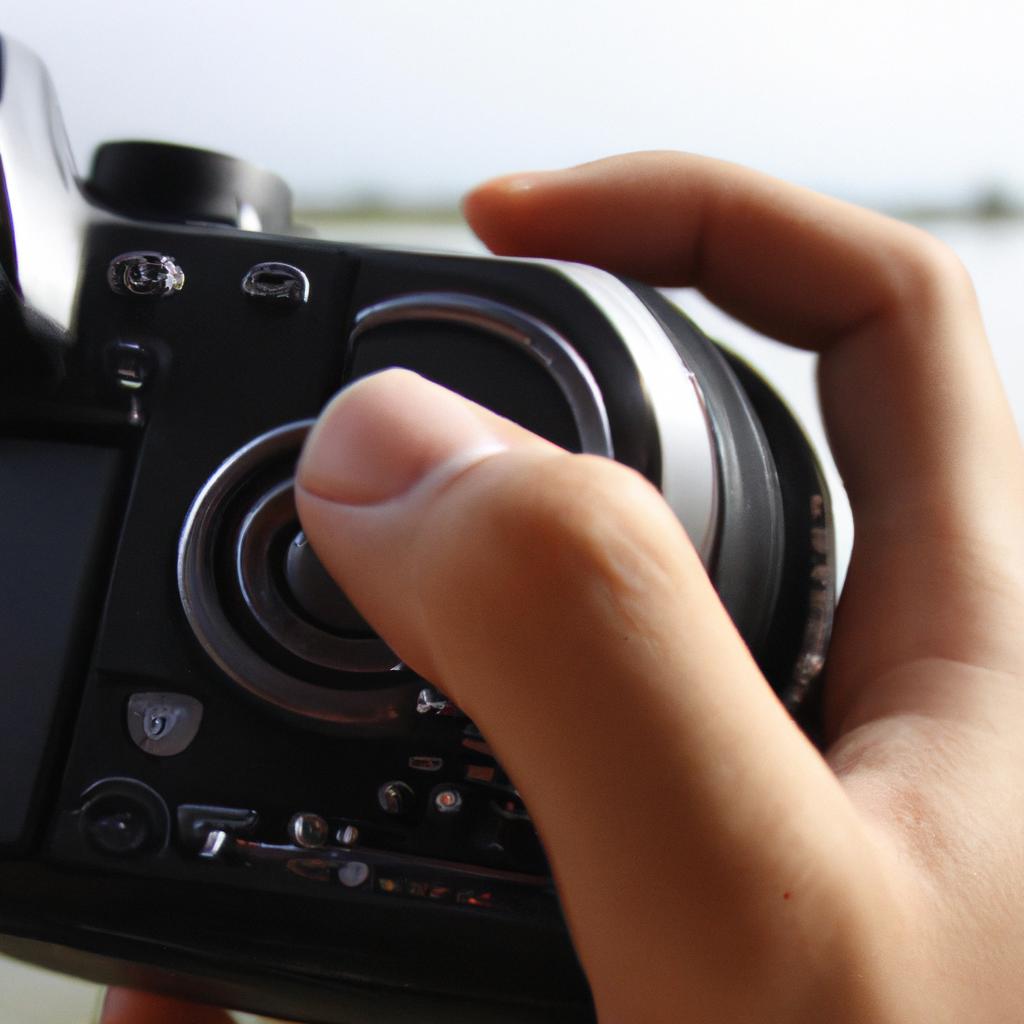
One of the fundamental concepts in photography is the use of aperture to control the…
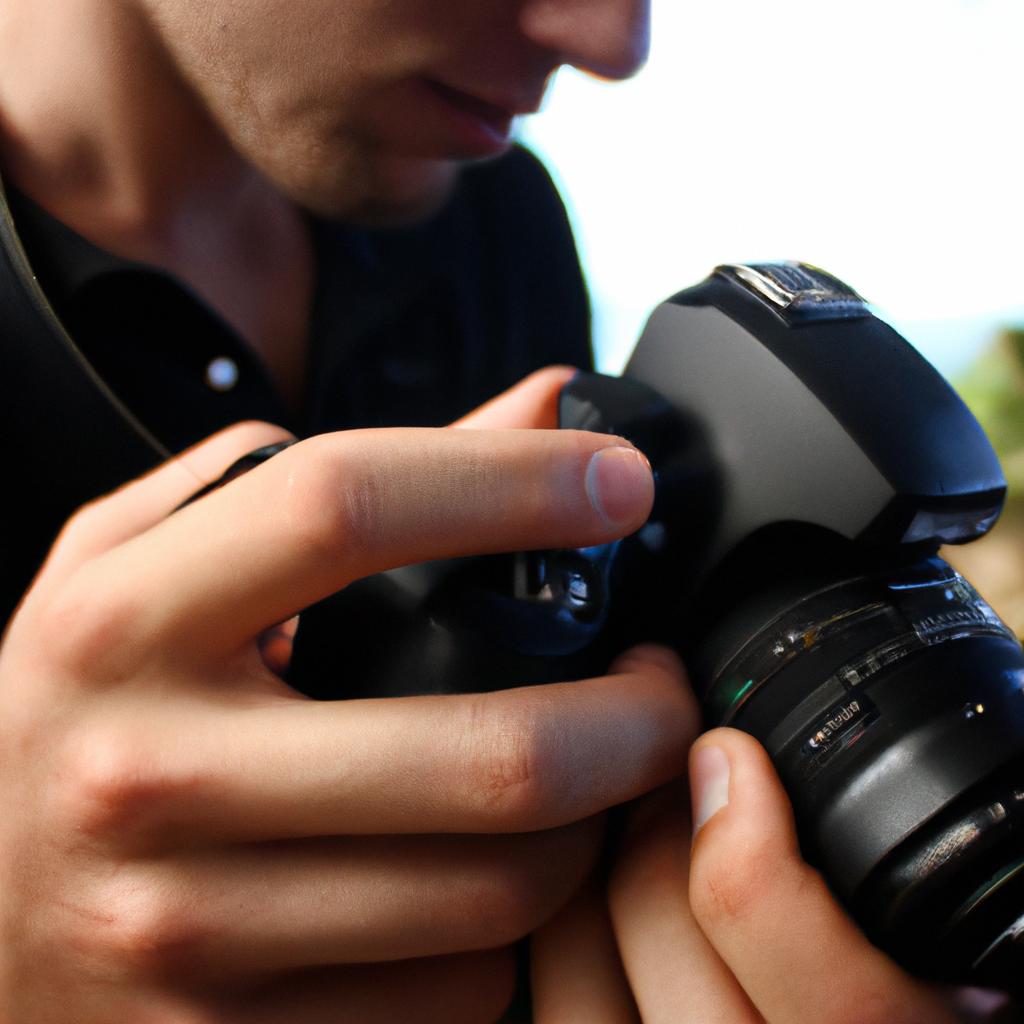
Light metering is a crucial aspect of photography that often determines the success or failure…
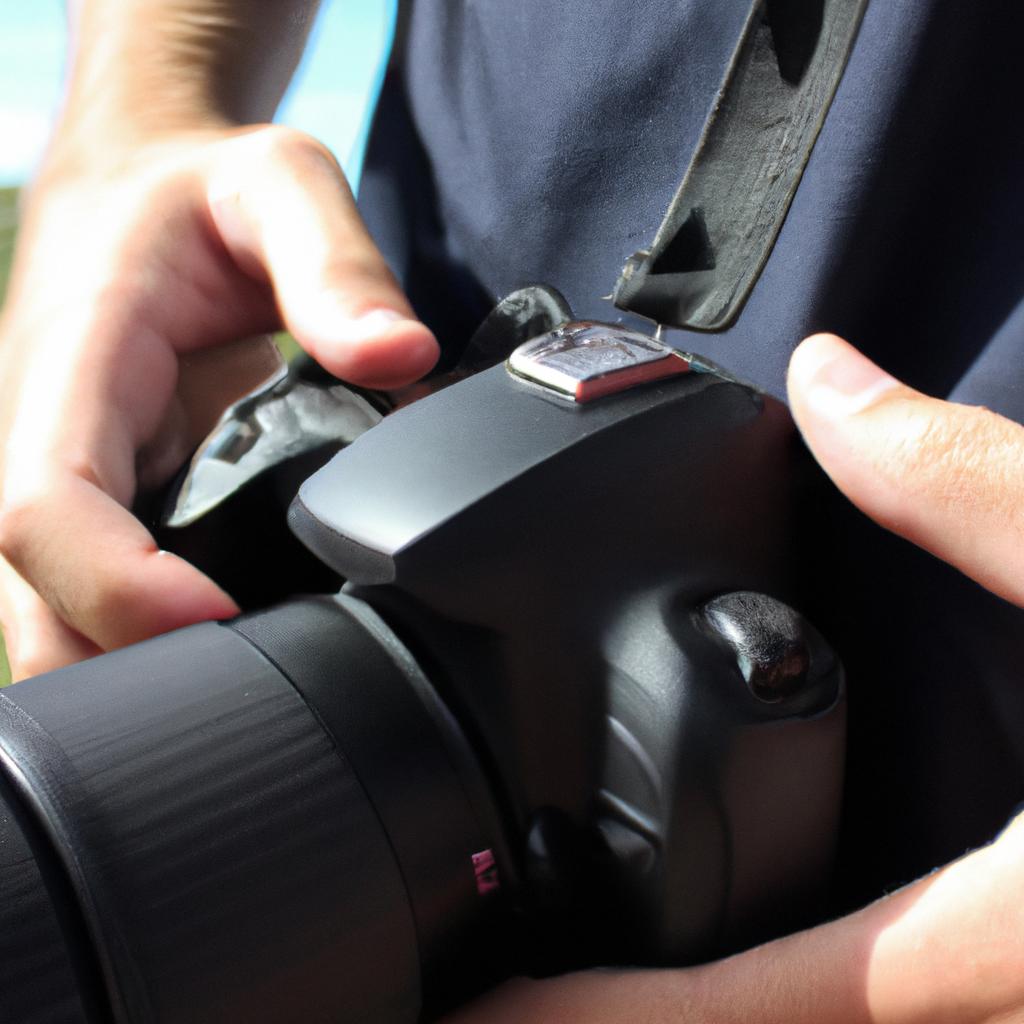
Introduction In the world of photography, one crucial aspect that often determines the overall quality…
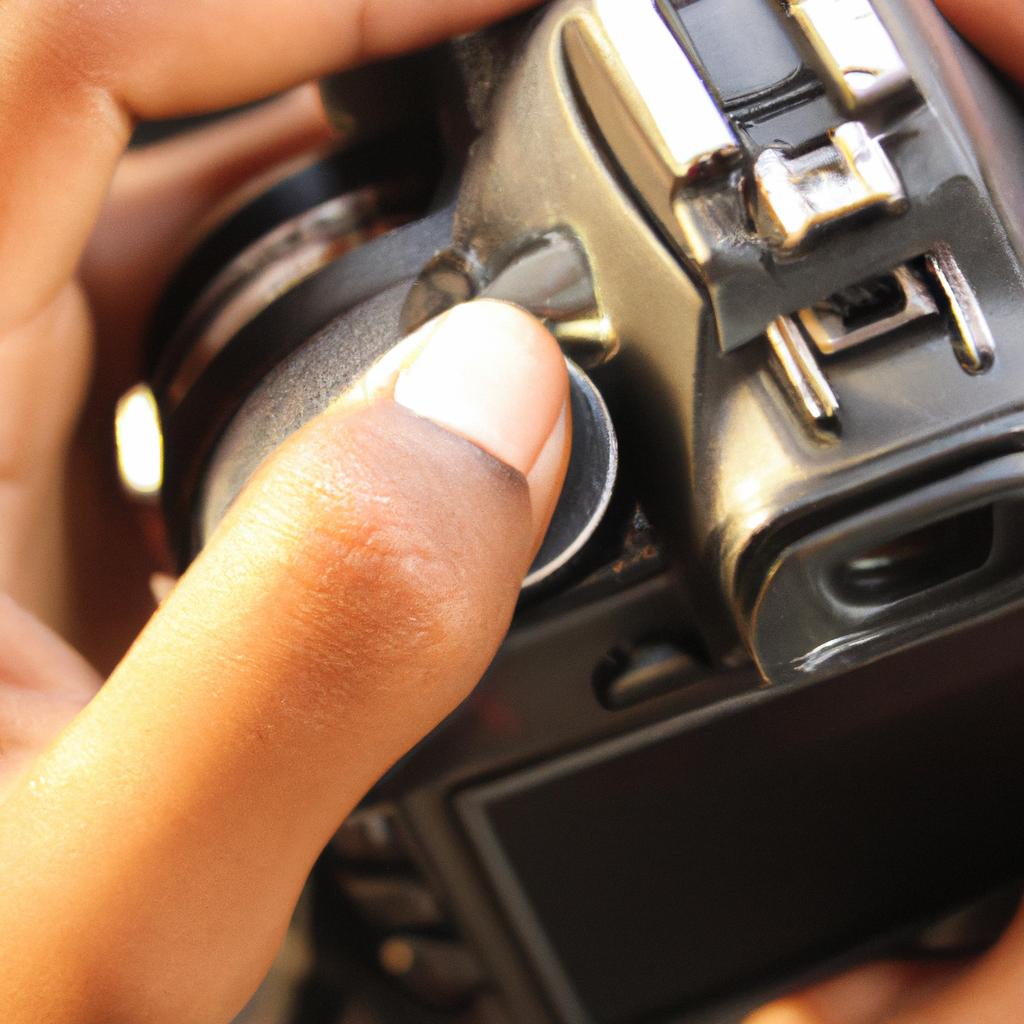
Photography is a visual art form that allows individuals to capture moments in time, preserving…
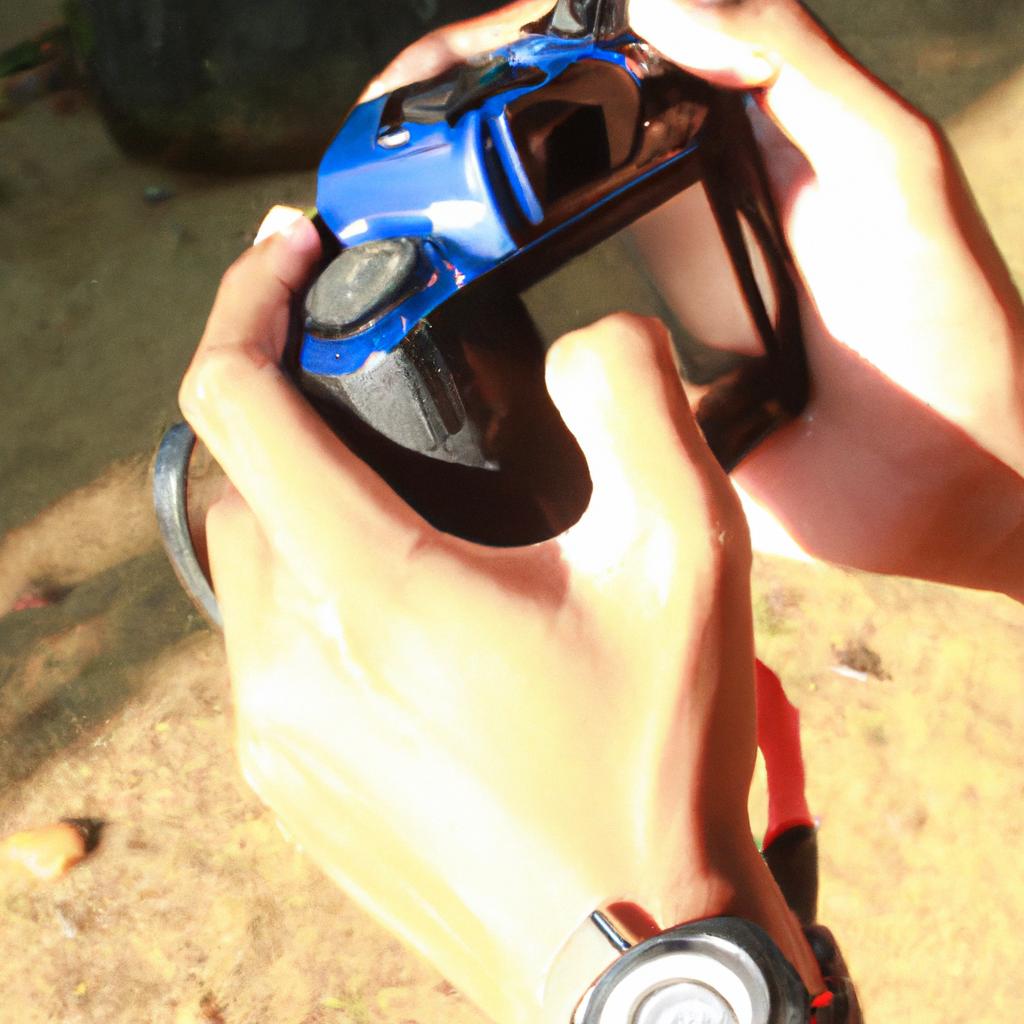
In the world of photography, capturing accurate colors is essential for producing high-quality images. One…
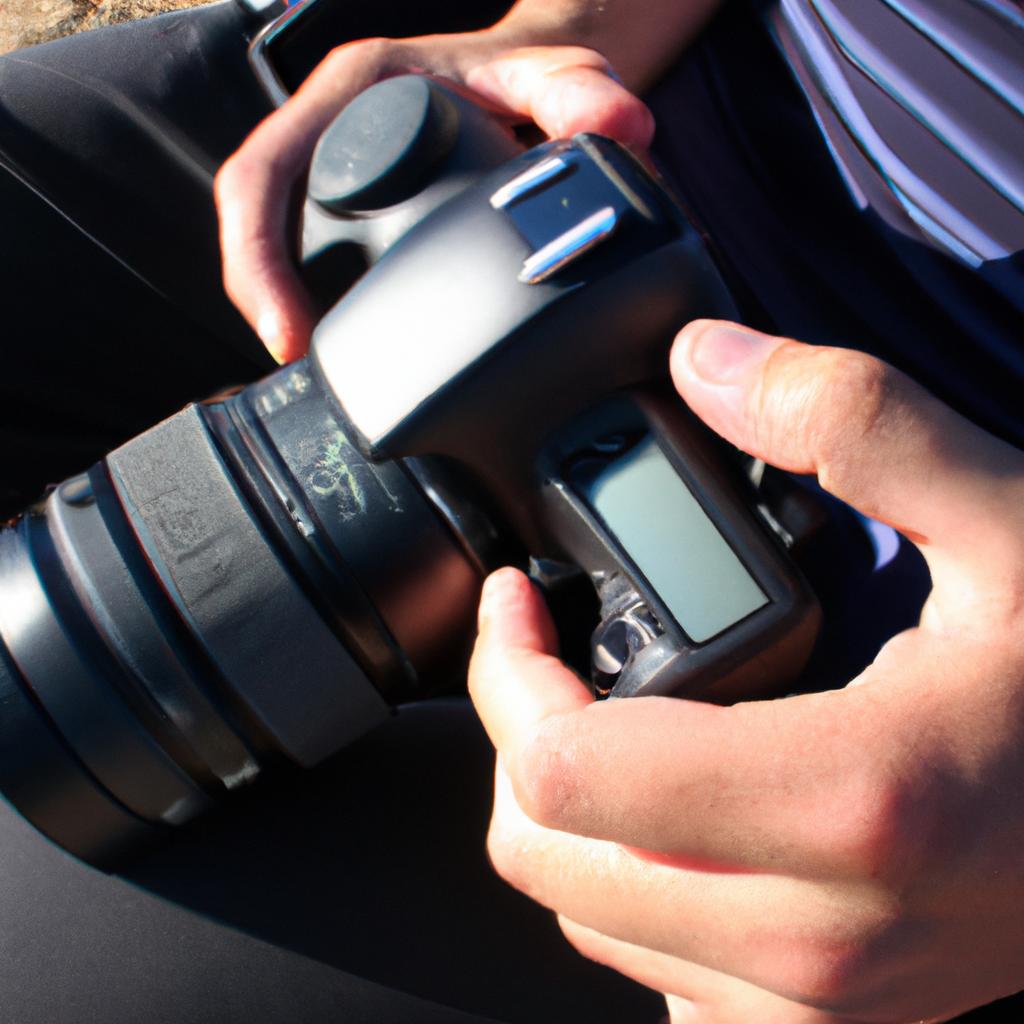
Auto white balance (AWB) is a fundamental concept in the realm of photography, wherein it…
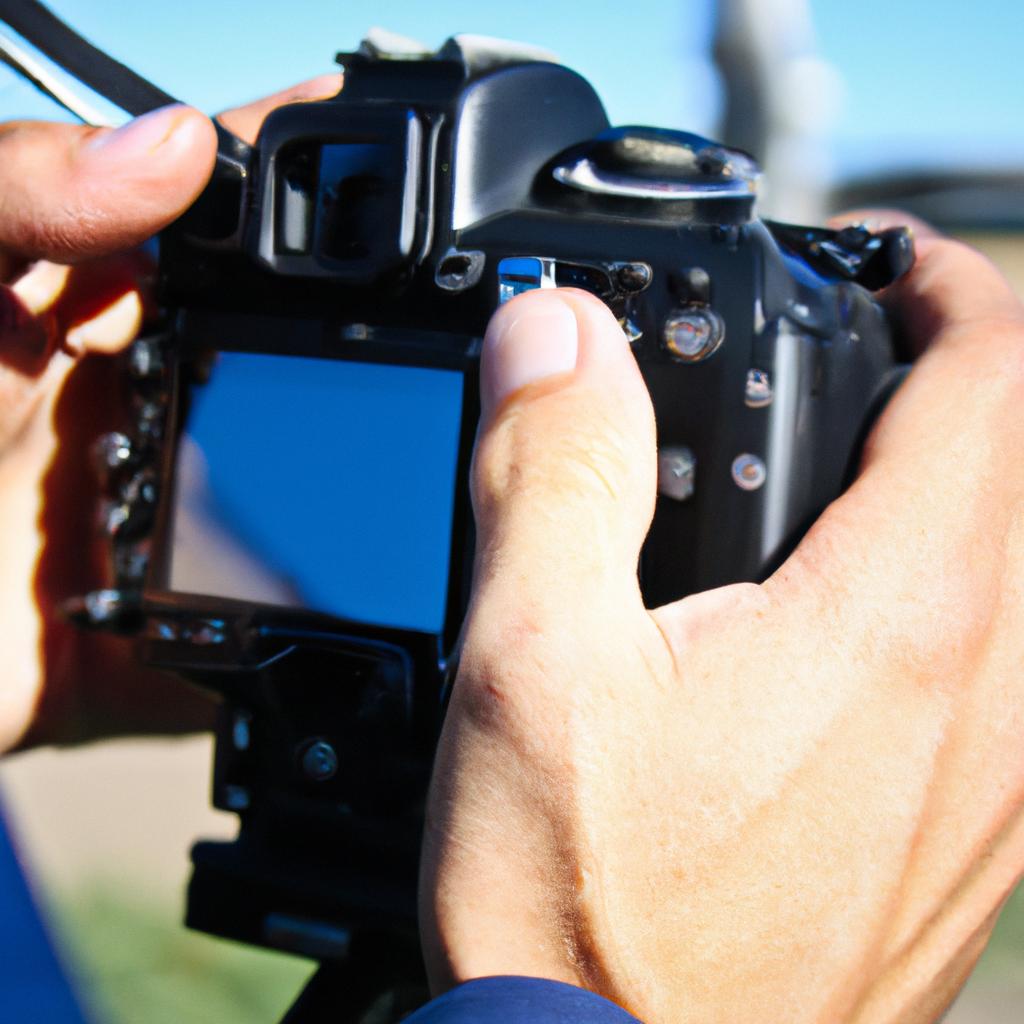
In the realm of photography, exposure serves as a fundamental aspect that holds the power…
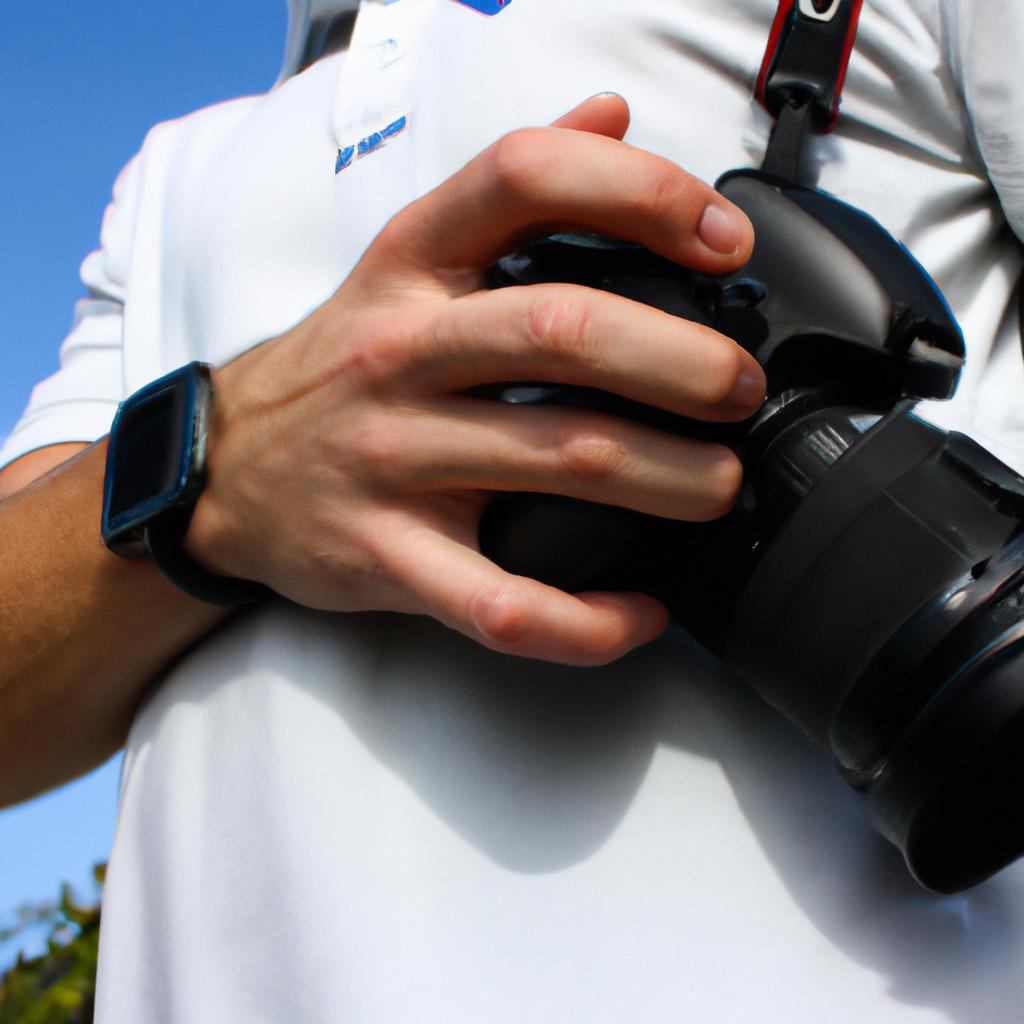
In the world of photography, capturing a moment in time is an art form that…

Photography is a medium that has the ability to capture moments, evoke emotions, and tell…
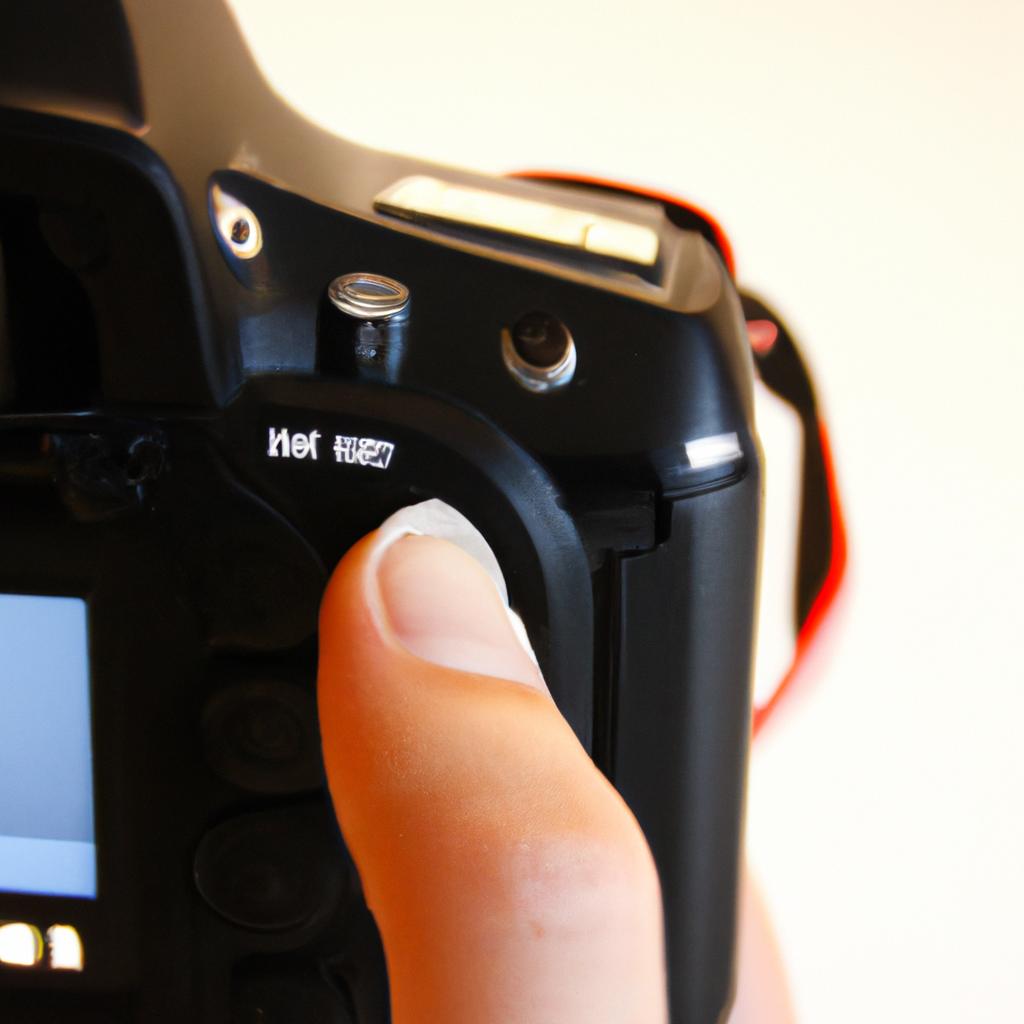
Color temperature plays a vital role in photography, as it directly affects the overall mood…
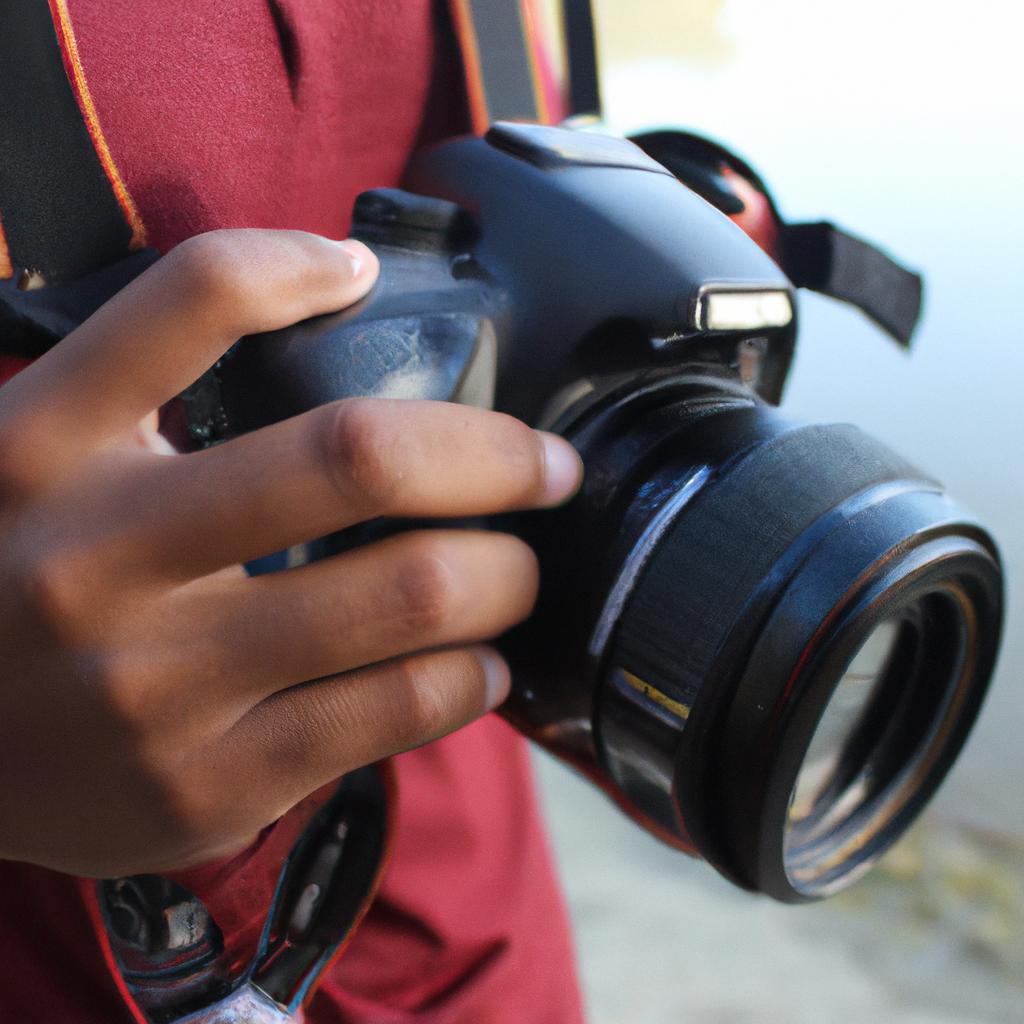
Hybrid photography has emerged as a significant trend in the field of contemporary photography, encompassing…
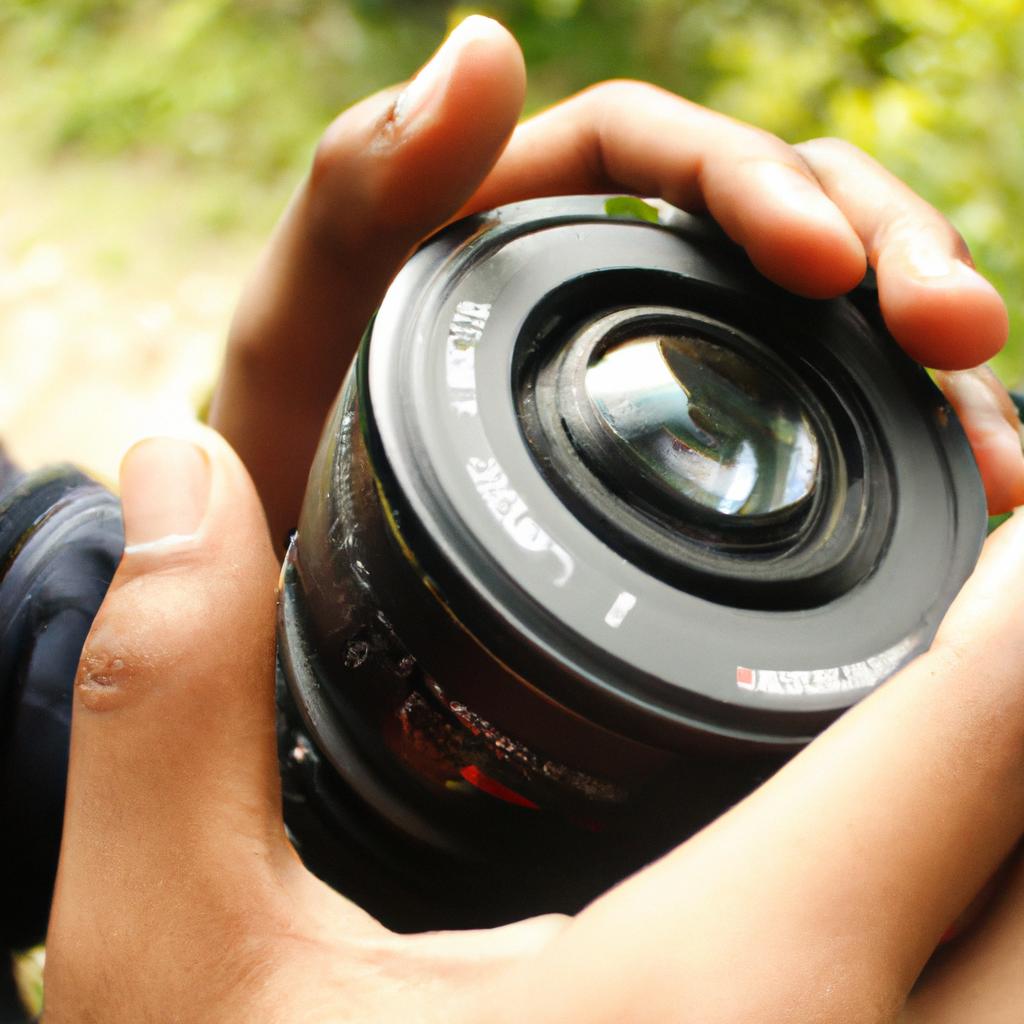
In the realm of photography, the concept of bokeh has captivated both professionals and enthusiasts…
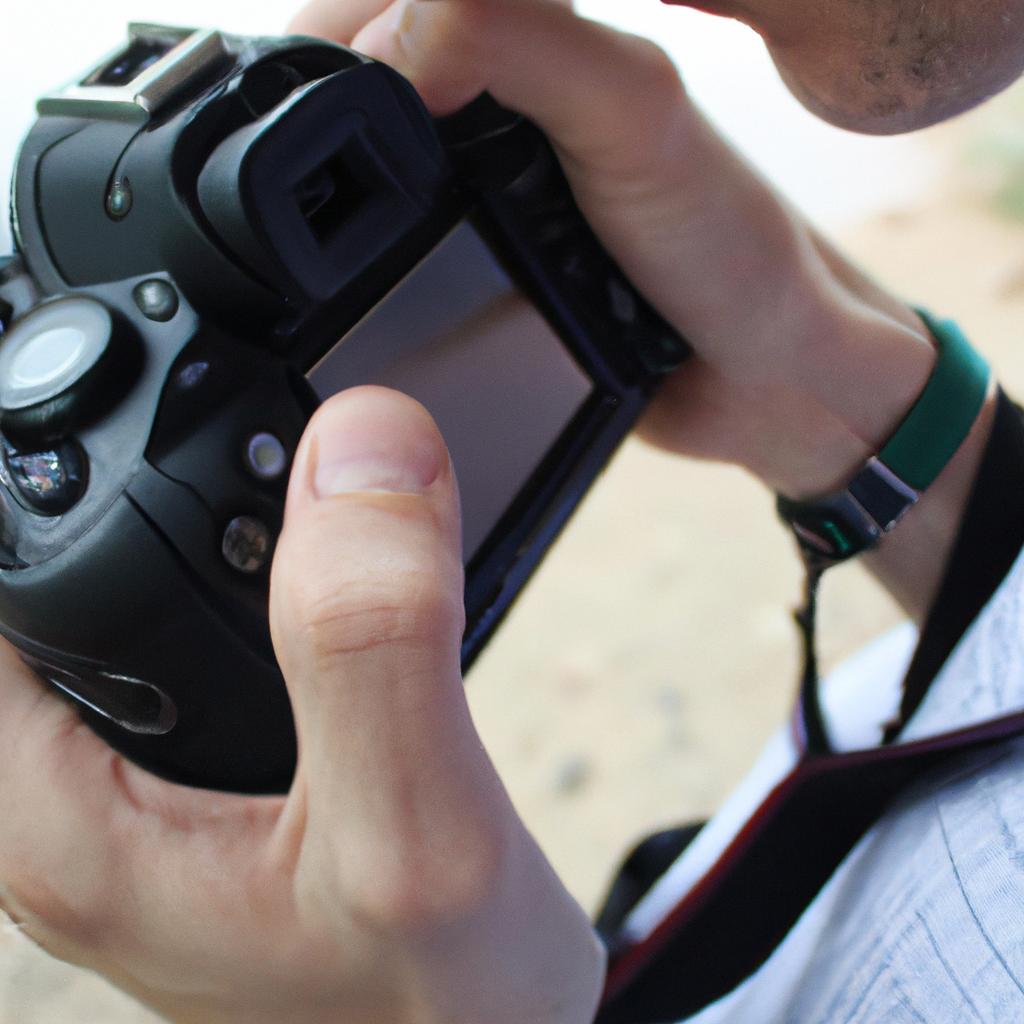
Photography is an art form that allows individuals to capture and preserve moments in time.…
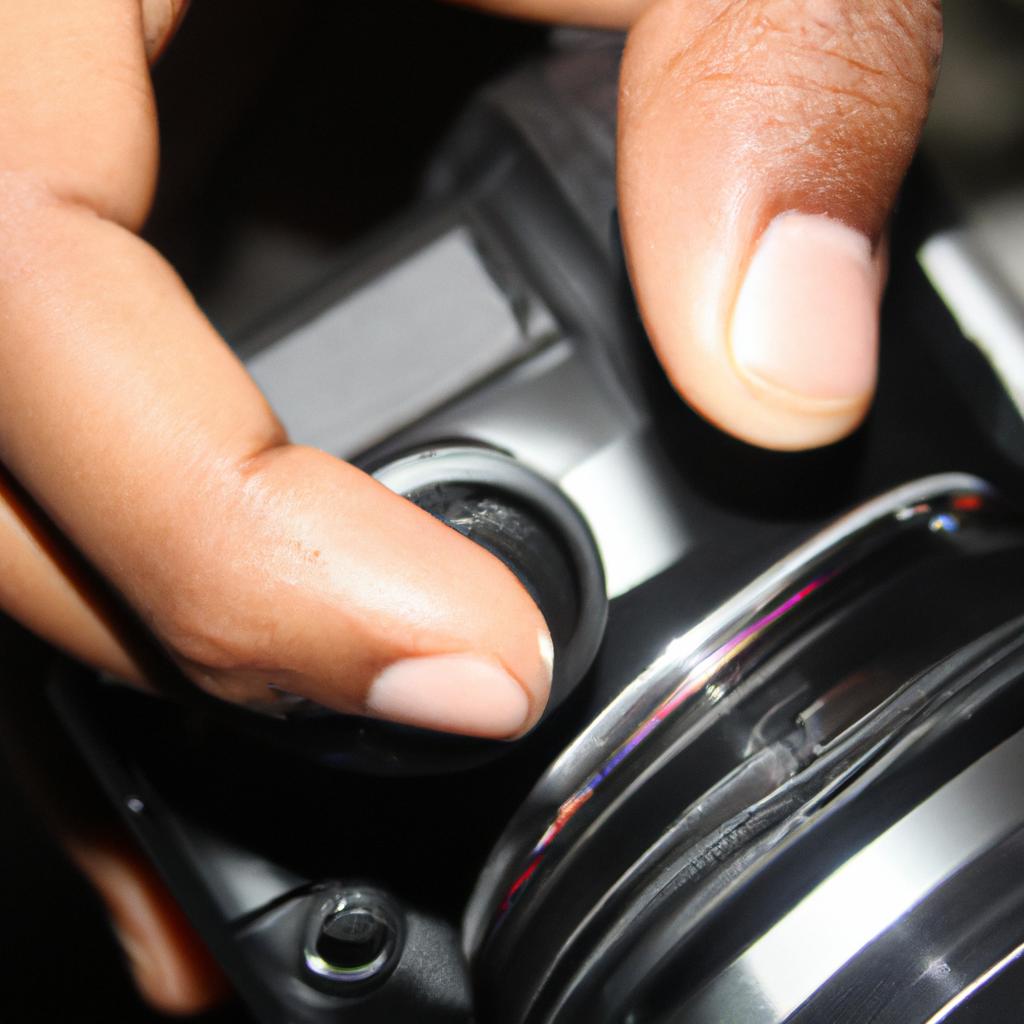
Depth of field is a fundamental concept in photography that greatly influences the aesthetic quality…
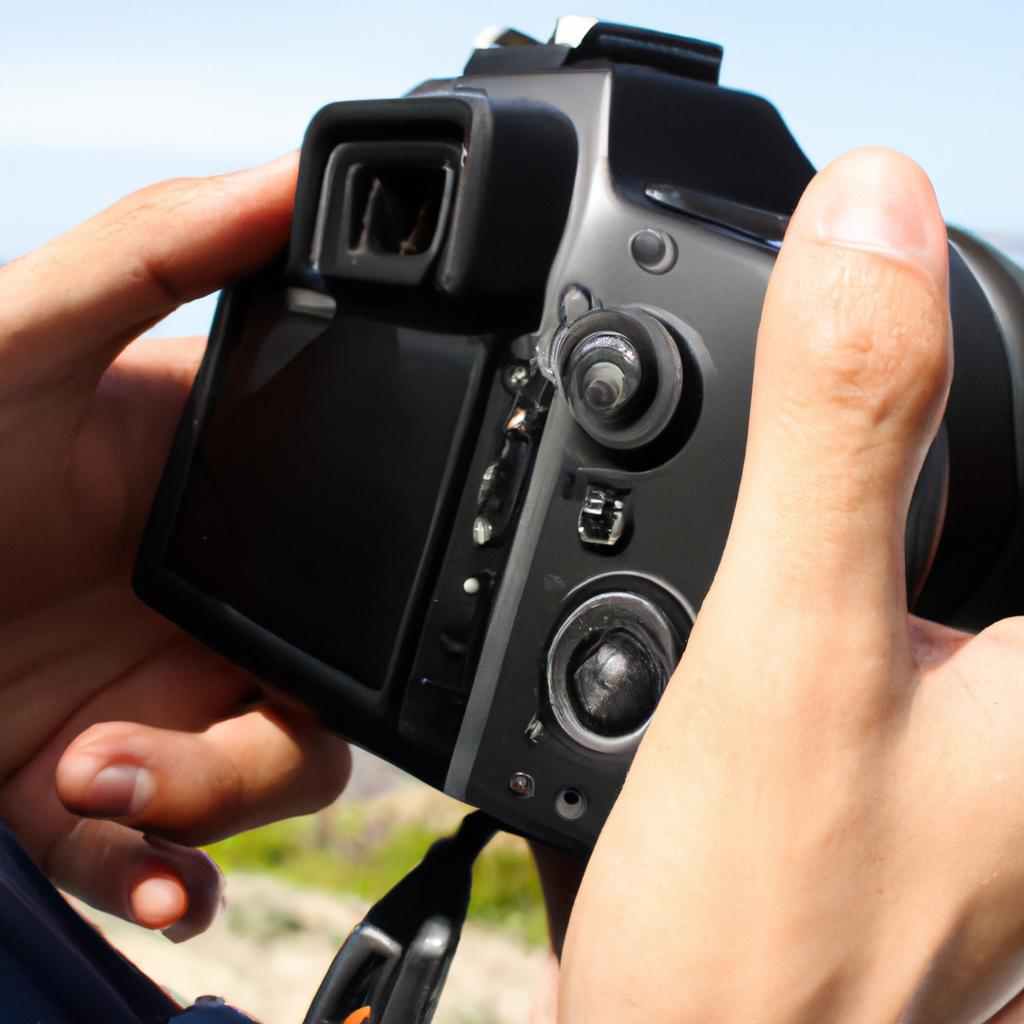
Metering modes are a crucial aspect of photography, determining the exposure settings that determine how…
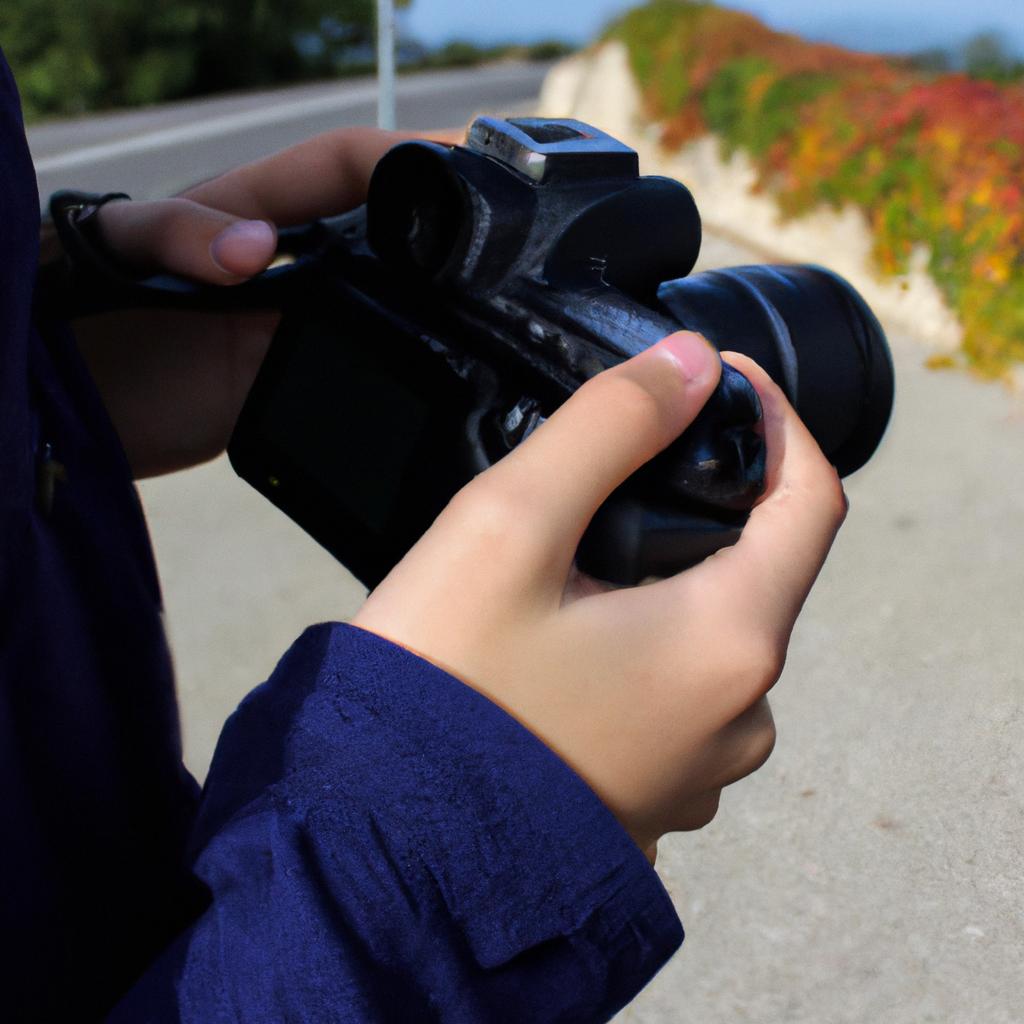
In the realm of photography, mastering the art of capturing captivating images requires a firm…
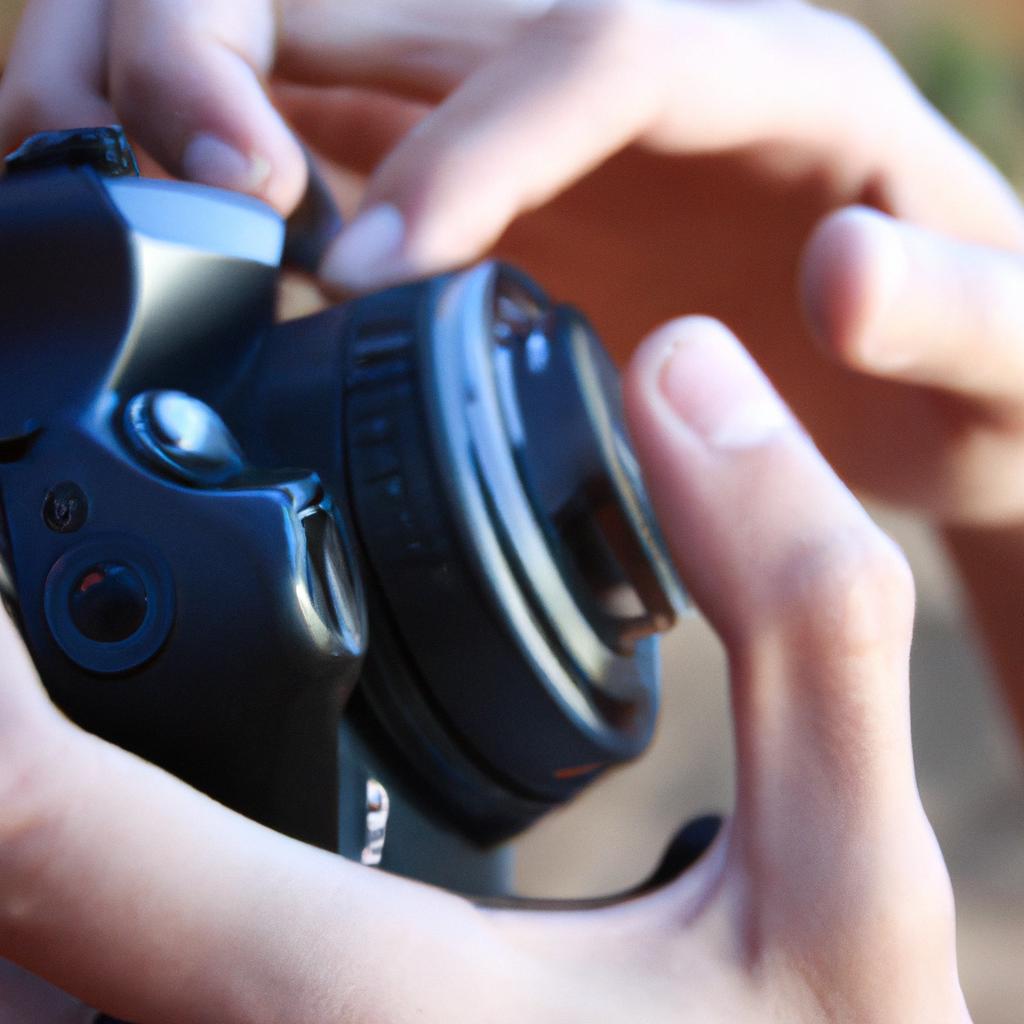
Photography enthusiasts often strive to achieve accurate and pleasing colors in their images. One crucial…

ISO, or International Organization for Standardization, is a fundamental concept in the world of photography.…
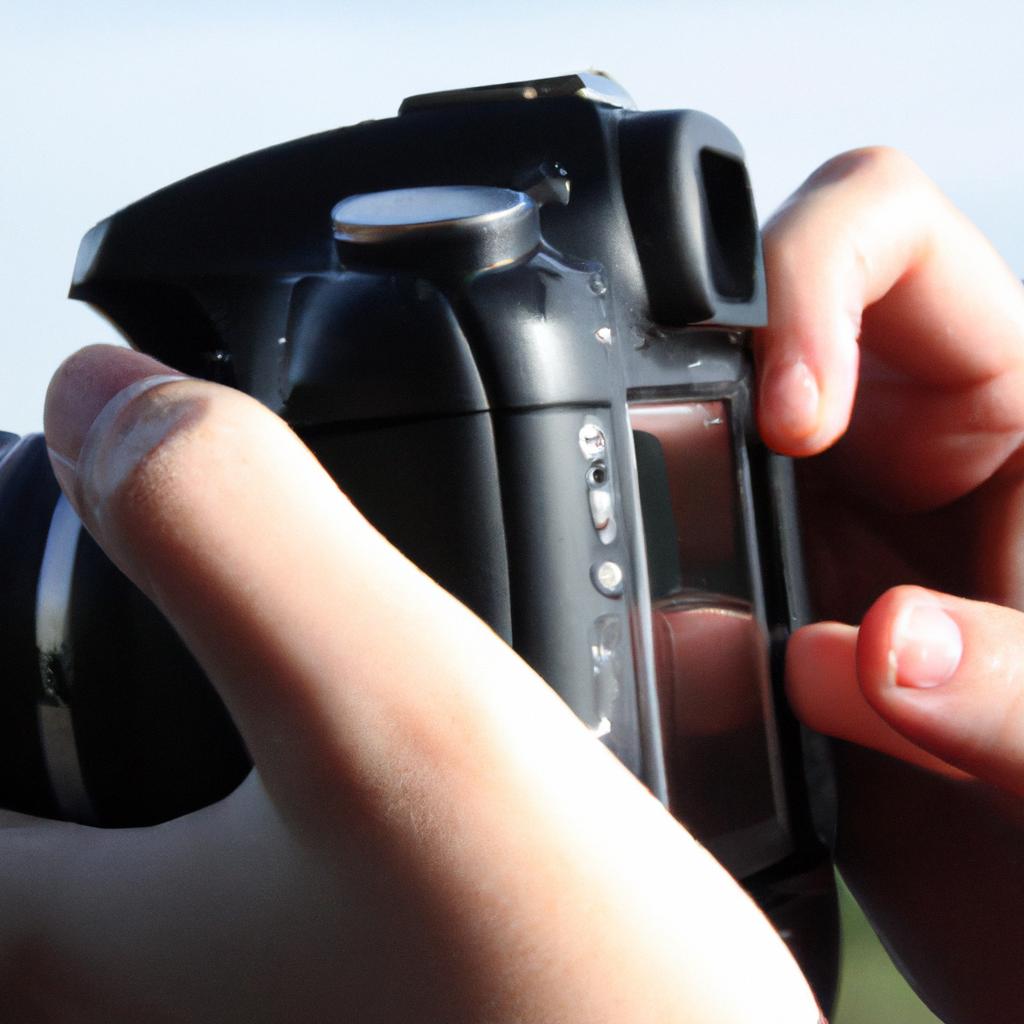
Photography is an art form that relies on various technical aspects to capture a moment…
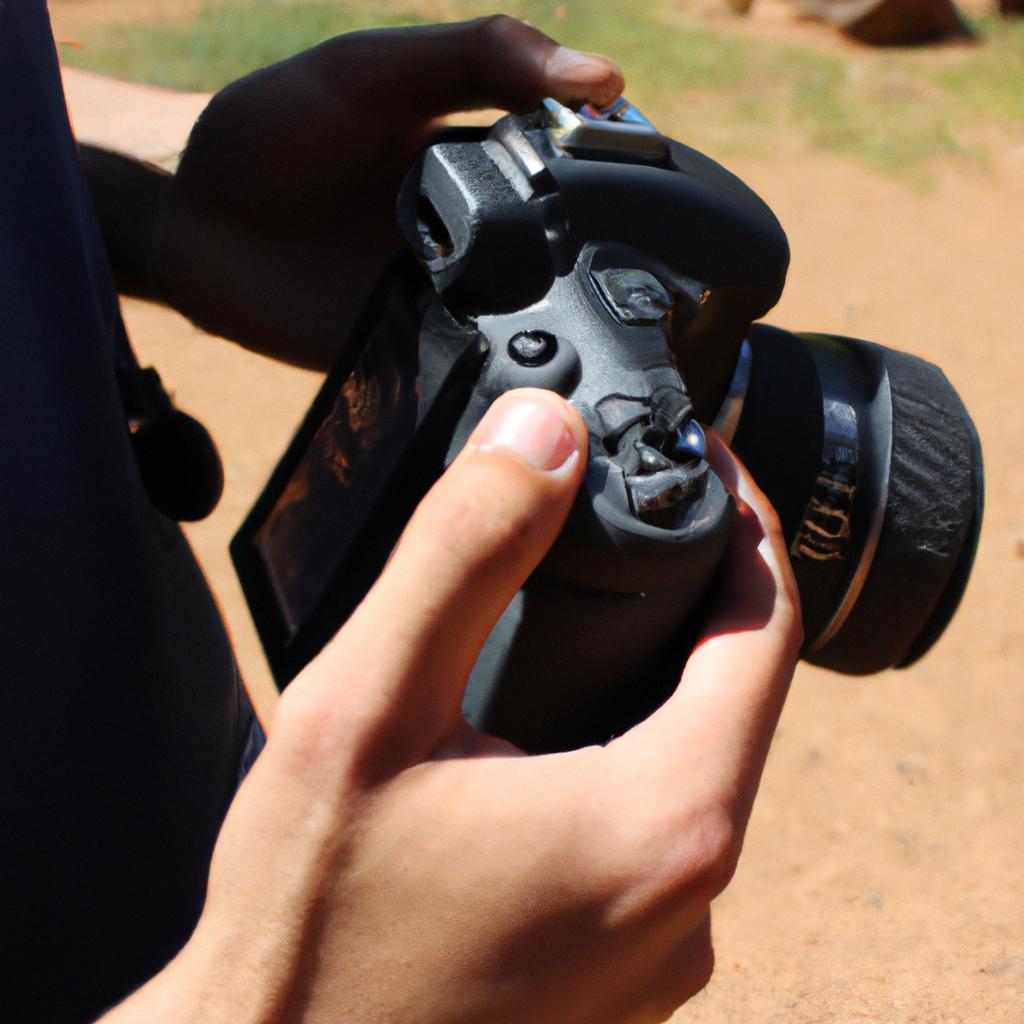
Bracketing: ISO in Photography In the realm of photography, bracketing is a technique that holds…
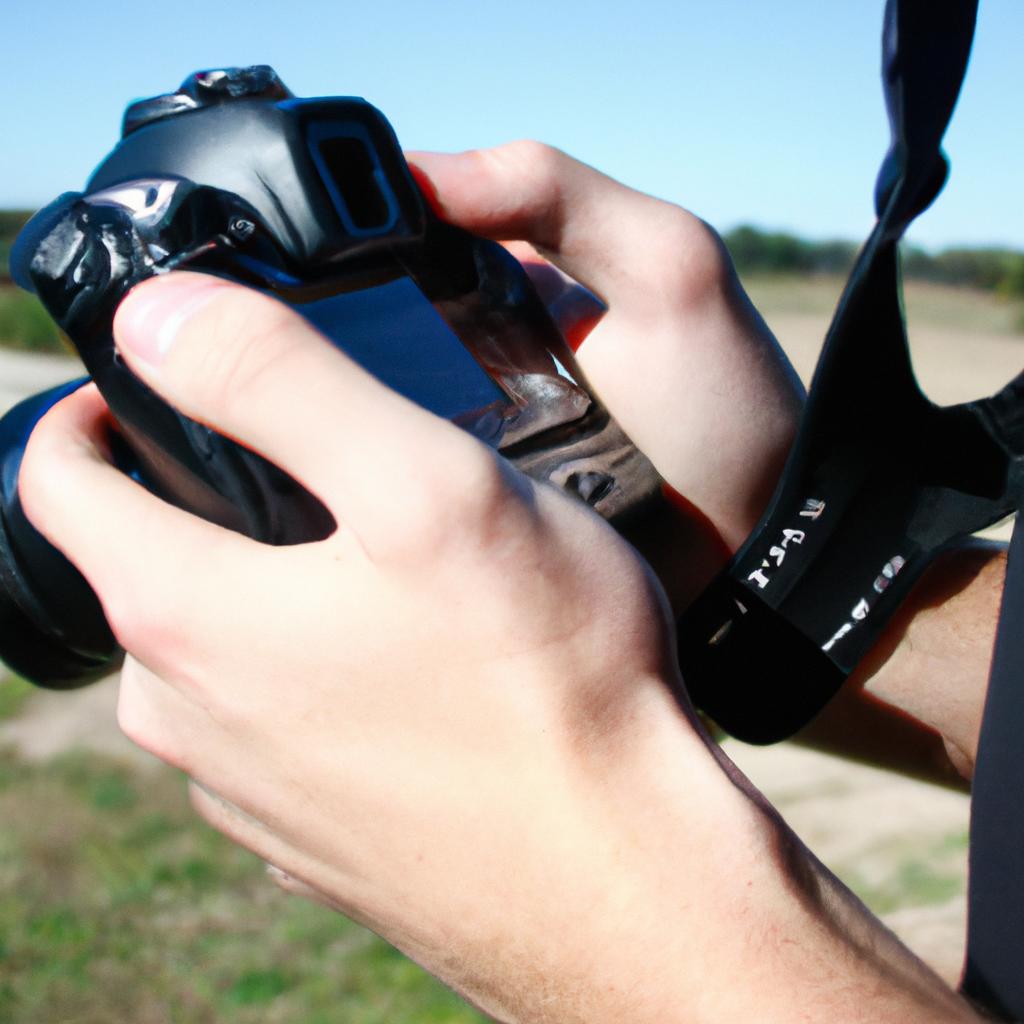
Introduction In the realm of photography, capturing images with accurate color representation is crucial for…
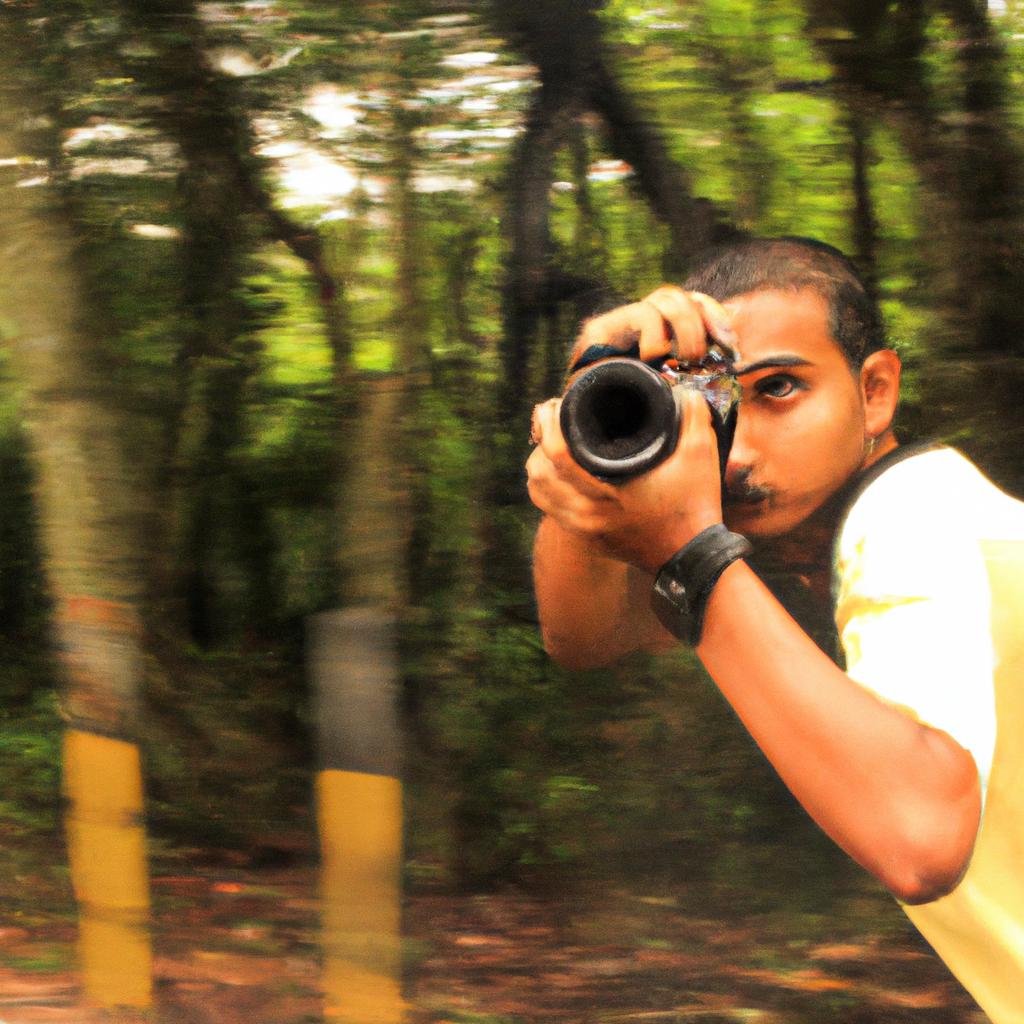
Motion blur is a common phenomenon in photography that occurs when there is relative motion…
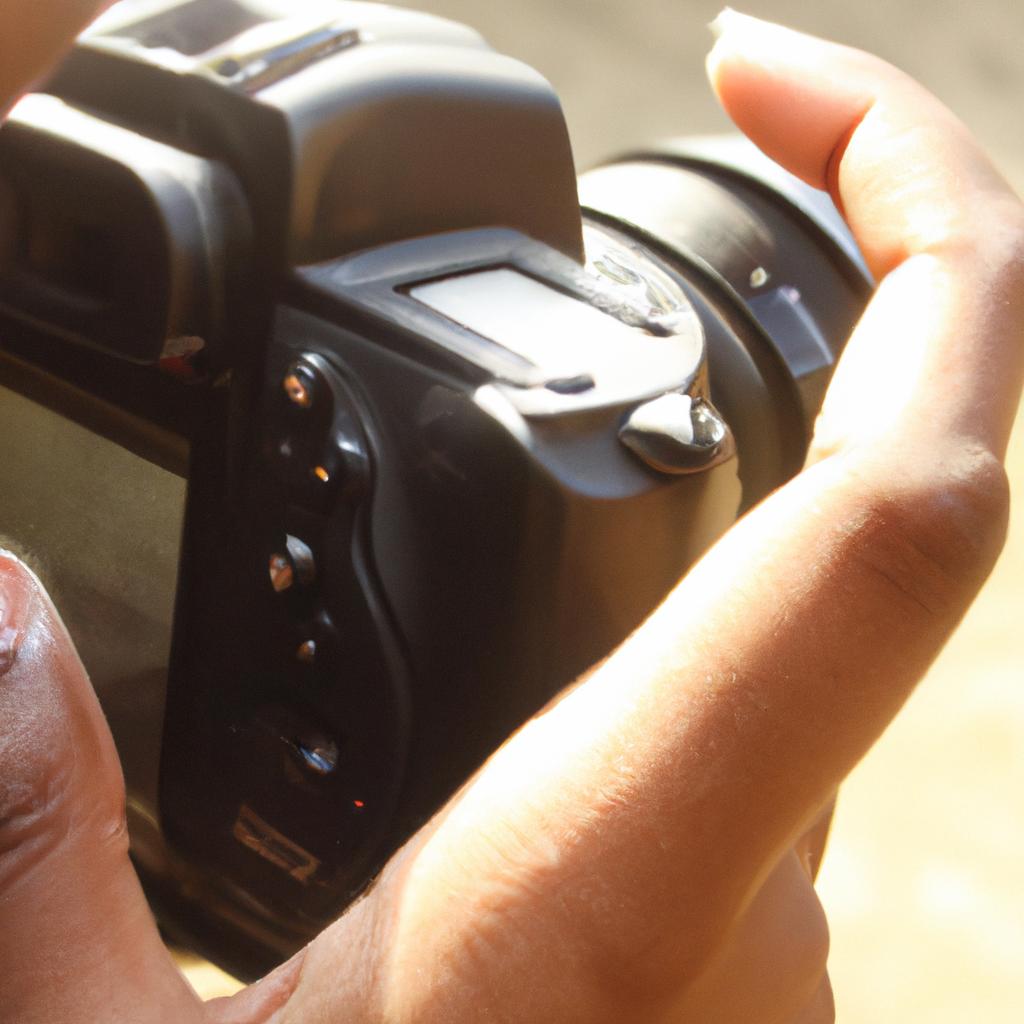
Panning is a widely used technique in photography that involves capturing a moving subject while…
